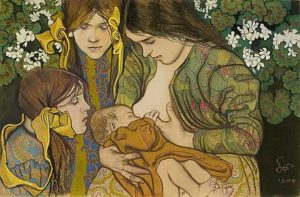
1869 - 1907
Stanisław Wyspiański
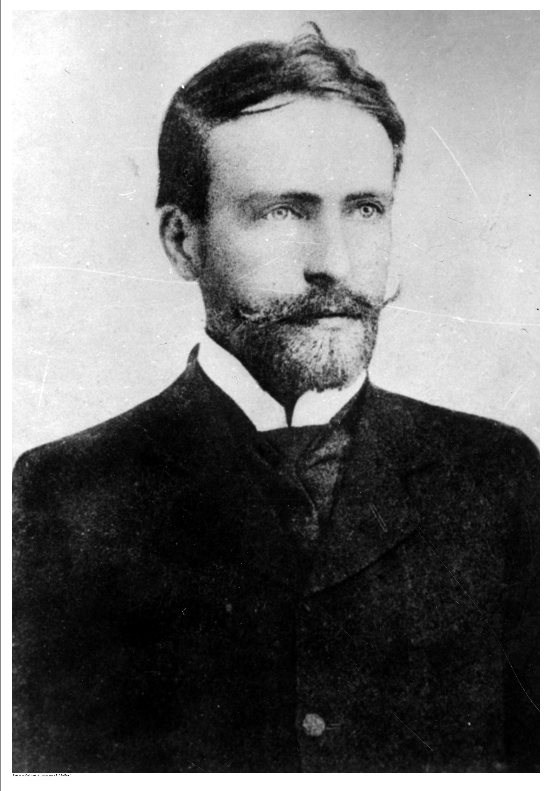
description
Synopsis.
A famous Polish painter, graphic artist, master of arts and crafts, writer and playwright, a talented teacher.
He was born into the family of a professional sculptor. After the death of his mother, he was brought up in the family of Stankevichs – the maternal line relatives, which gave Stanisław a good education. Despite the fact that Krakow was a provincial town of Austria-Hungary, it retained the best traditions of Polish culture, and the Stankevichs’ house was constantly visited by people close to art. Here the future artist got acquainted with his mentor, famous painter Jan Matejko, who noticed the artistic talent of the boy.
Stanisław Wyspianski played one of the leading roles in the cultural movement “Young Poland”, being engaged in the revival and popularization of national culture. Critics even call him “the fourth Polish prophet” along with such outstanding cultural figures as Mickiewicz, Slovak and Krasinsky. The artist is known as the author of several monumental murals and mosaics in the churches of Lviv, Krakow and other cities. He was an active participant of the influential art community “Art” and the editor of the progressive magazine “Life”, and his satire play “Wedding”, mocking the shortcomings of contemporary Polish society, was very popular. Stanisław Wyspianski made a great contribution to the development of Polish art and national self-consciousness through his versatile creative work.
Key Ideas:
– Stanisław Wyspianski was an unusually versatile person. He created beautiful stained-glass windows and mosaics, combining beautiful natural lines into bizarre modernist compositions, painted lyrical landscapes and intimate chamber portraits of his family and friends, was engaged in designing, and developed scenery for his own Symbolist national dramas.
– His art is characterized by the integrity and breadth of perception, harmony, closeness to nature, strong national spirit and color.
– The artist began his creative career under the direction of Jan Matejko as a master of stained glass and church paintings. The most ambitious and famous work in this industry was the interior of the Franciscan church in Krakow, the hometown of Wyspianski, which he performed in 1895. The richness of shades, intricate intertwining of floral patterns, geometric and heraldic elements aroused admiration of contemporaries and made the author a famous and popular master.
– In parallel with large-scale design projects, S. Wyspyanski was engaged in illustrations, theatrical scenery, created landscapes in the technique of pastels and watercolors. One of them – “Kurgan Kosciuszko” – was awarded by the Polish Academy of Arts.
– The artist was also an unusually talented portraitist. Among his works, there are a large number of realistic self-portraits, images of friends and family members of the artist. Especially impressive are the drawings depicting the children whom Wyspianski created with special love and tenderness (for example, “Sleeping Stas”). With the help of soft lines and pastel halftones, the artist tried to capture a moment, to grasp the essence of what is happening at a given time and place. Wyspianski said about portrait painting, “You can paint a portrait for a quarter of an hour, half an hour, an hour, but you cannot write it for longer… a portrait is a reflection of a minute, artistic reflection, deeply grasping the essence.”
1869
1887
1890
1894
1898
1901
1906
1907
The birth of the artist
Entered the Faculty of Philosophy of the Jagiellonian University
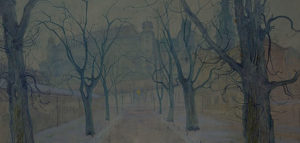
Traveled to Europe
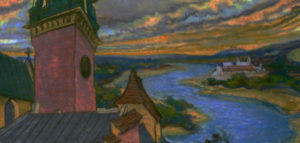
Returned to Krakow
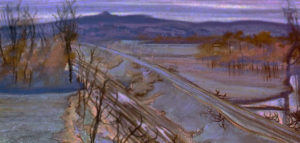
Collaborated with the city theater of Krakow
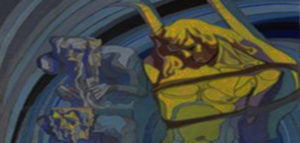
The artist painted many portraits
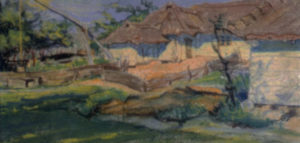
He took a position as a professor at the Krakow Academy of Fine Arts
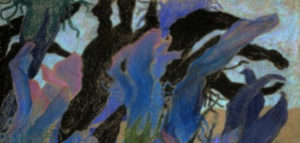
The death of the artist
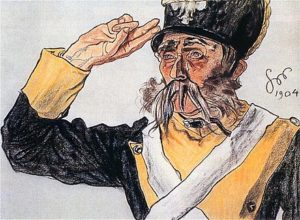
Stanisław Wyspiański
On Artist
flow
Symbolism
Modern
friends
Jacek Malczewski
Jozef Mehoffer
artists
Puvi de Chavannes
Paul Gauguin
Paul Serusier
Pierre Bonnard
Jean Edouard Vuillard
Maurice Denis
Yan Mateiko
Frantisek Vyspiansky
By Artist
flow
Modern
friends
Lucian Rydel
Stanislav Estreich
Henryk Opensky
Tadeusz Domohovski
Vladislav Ekelsky
artists
Titus Chizhevsky
